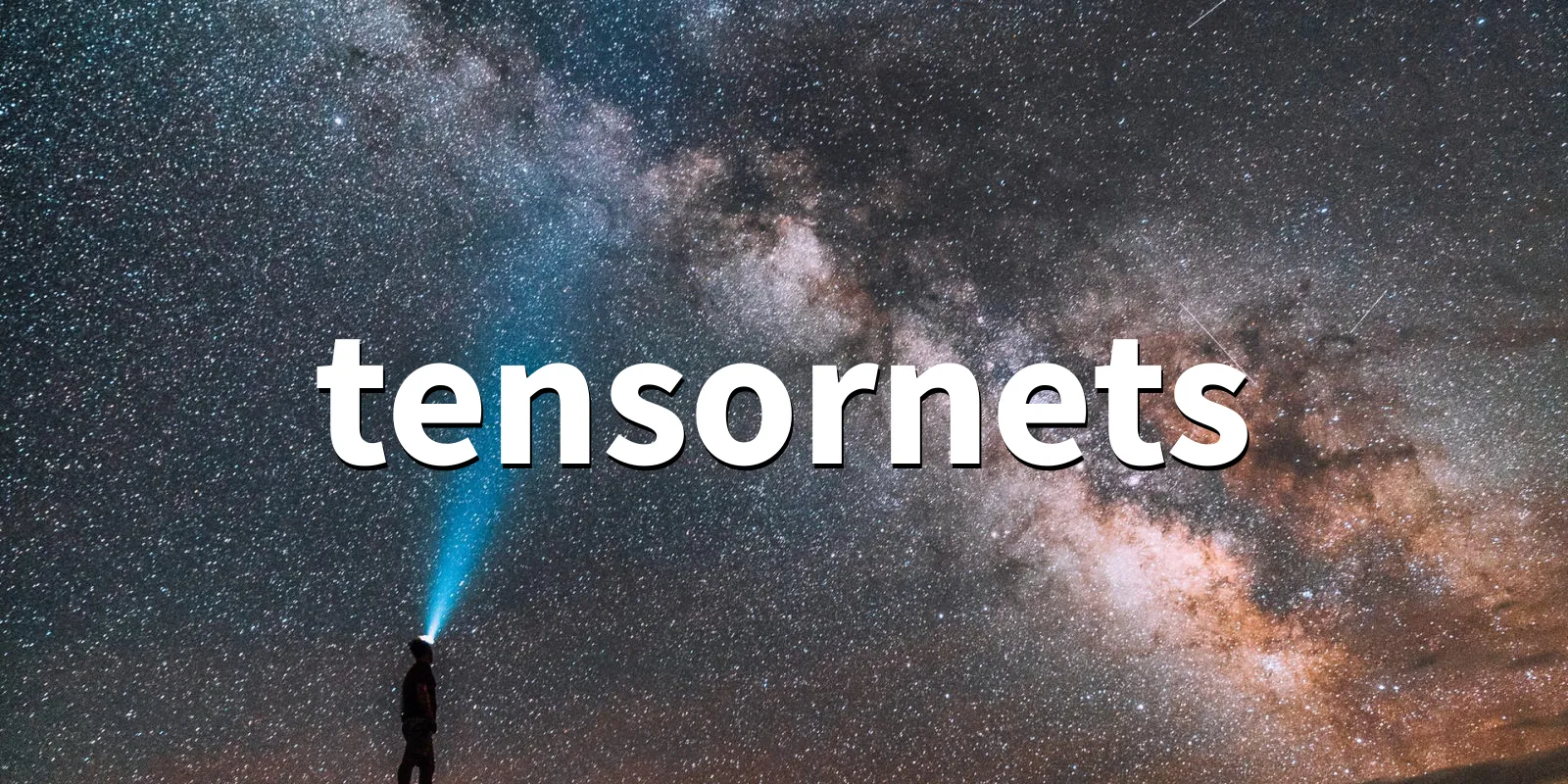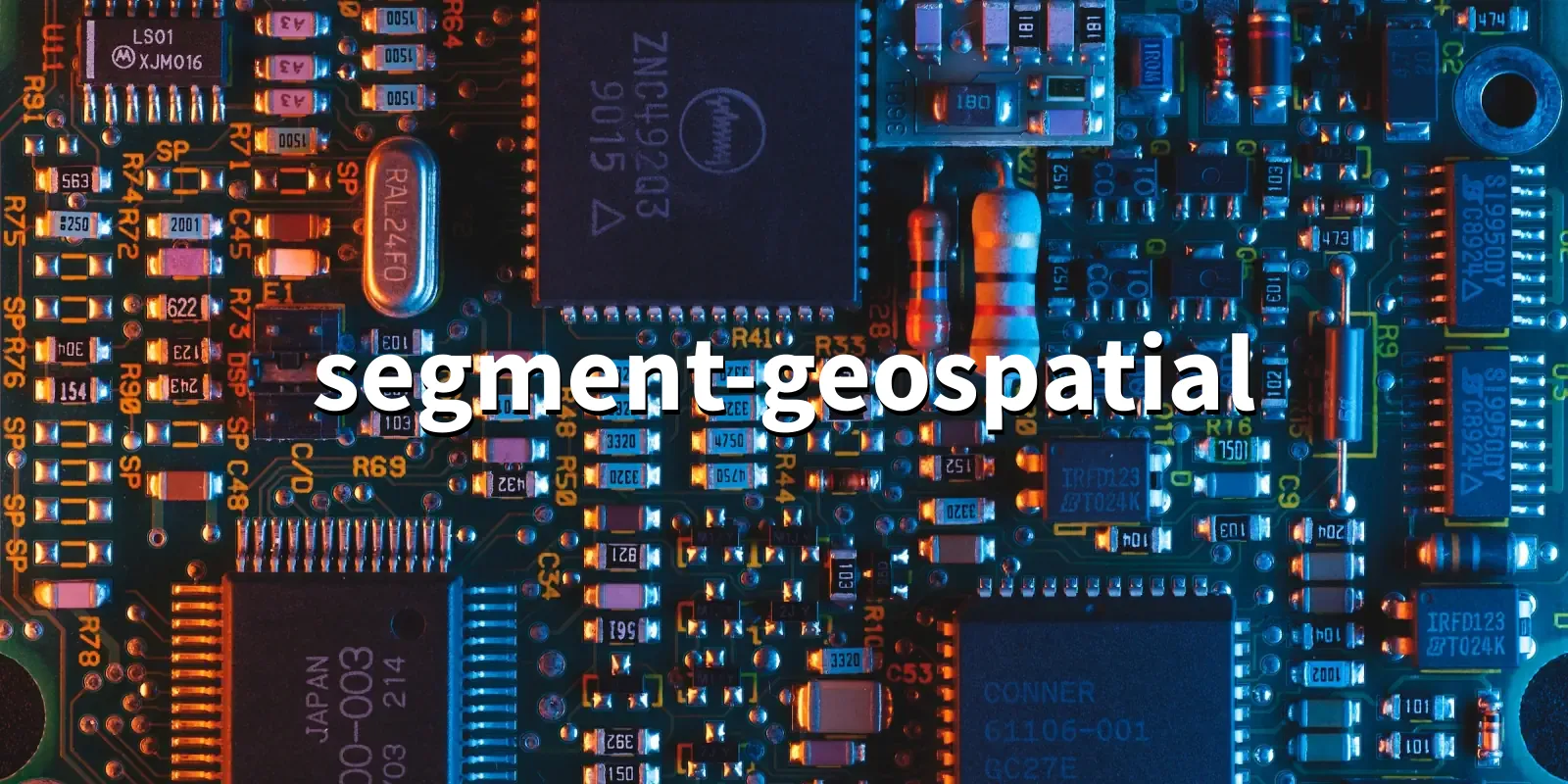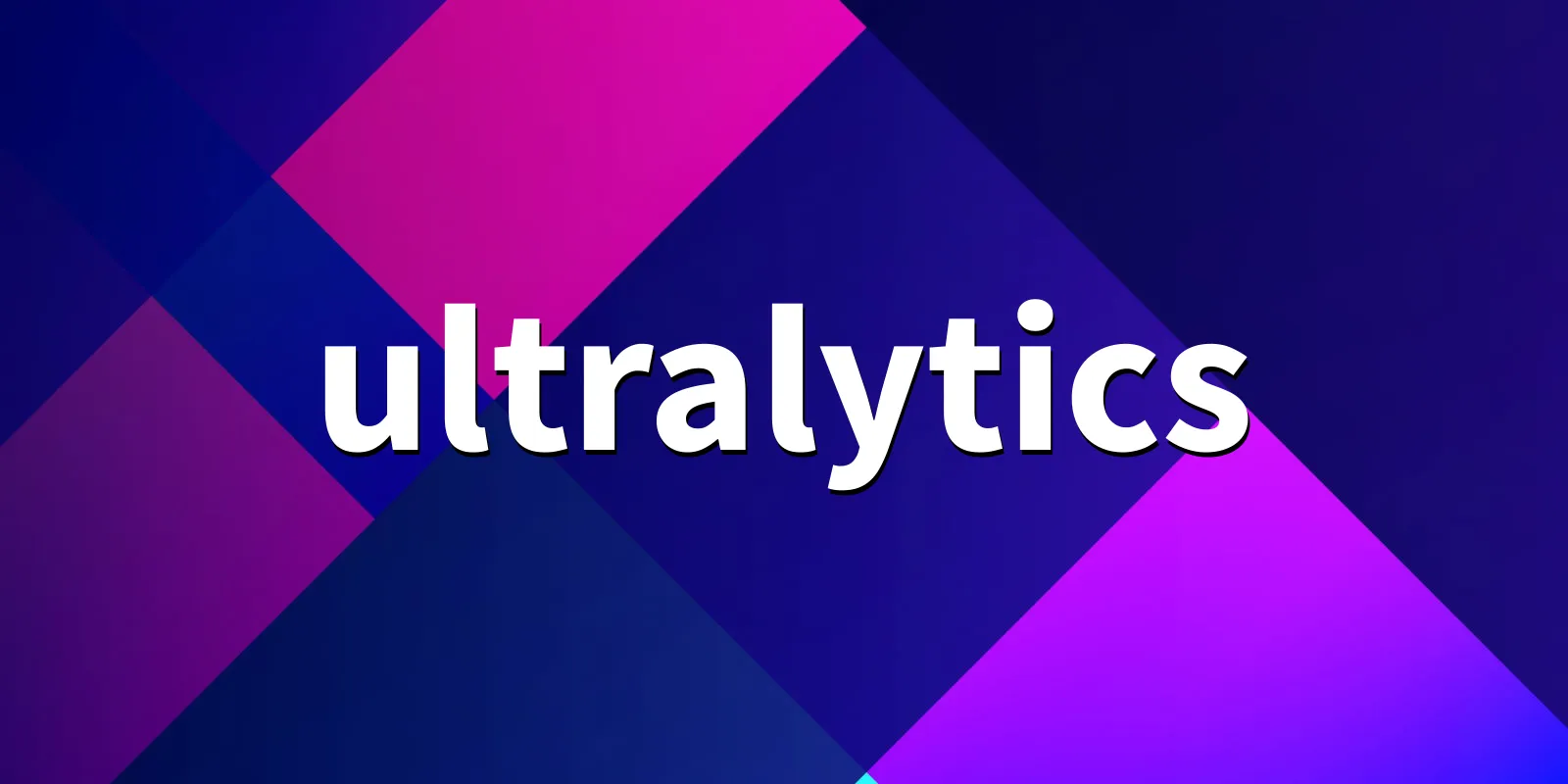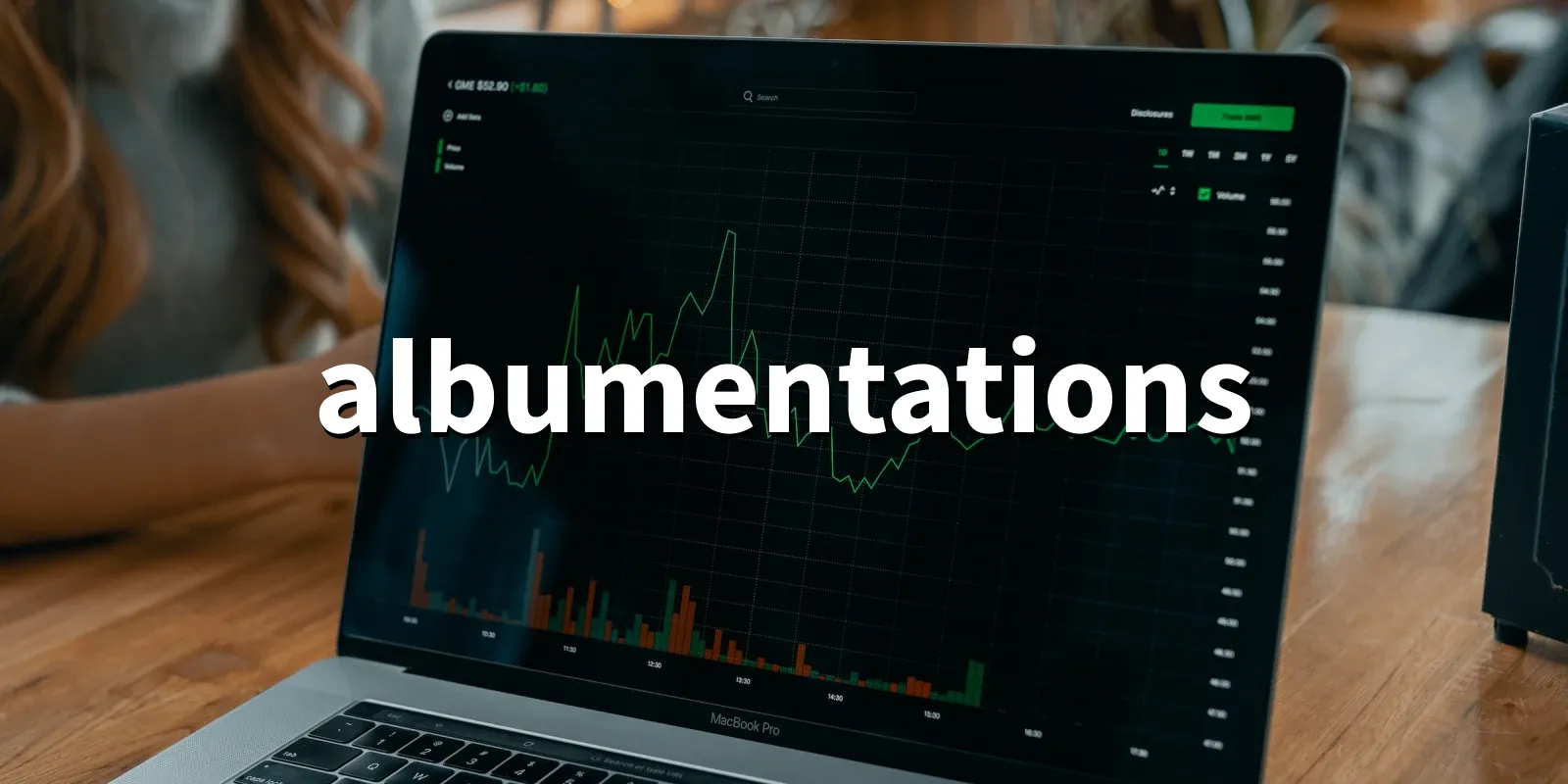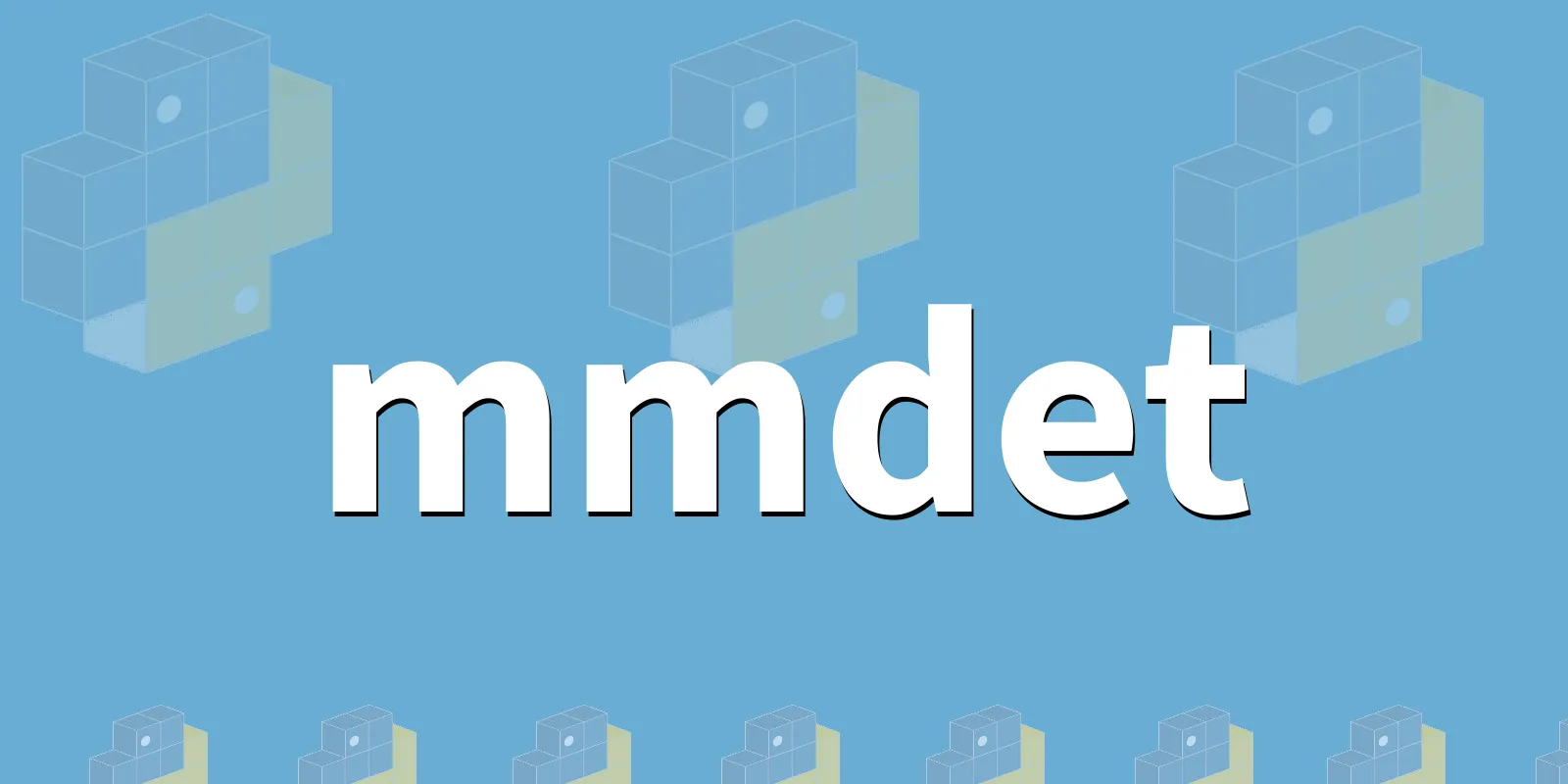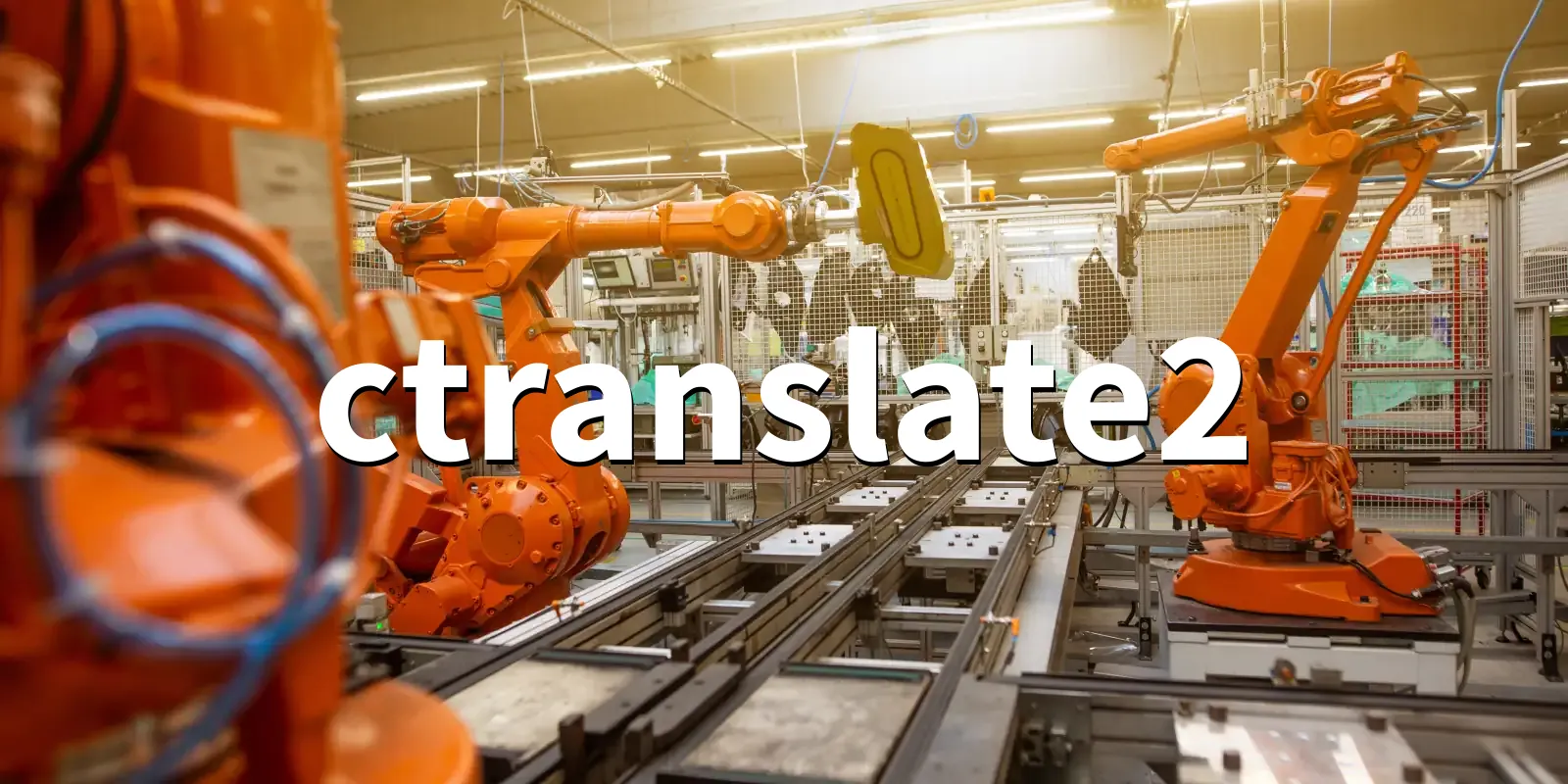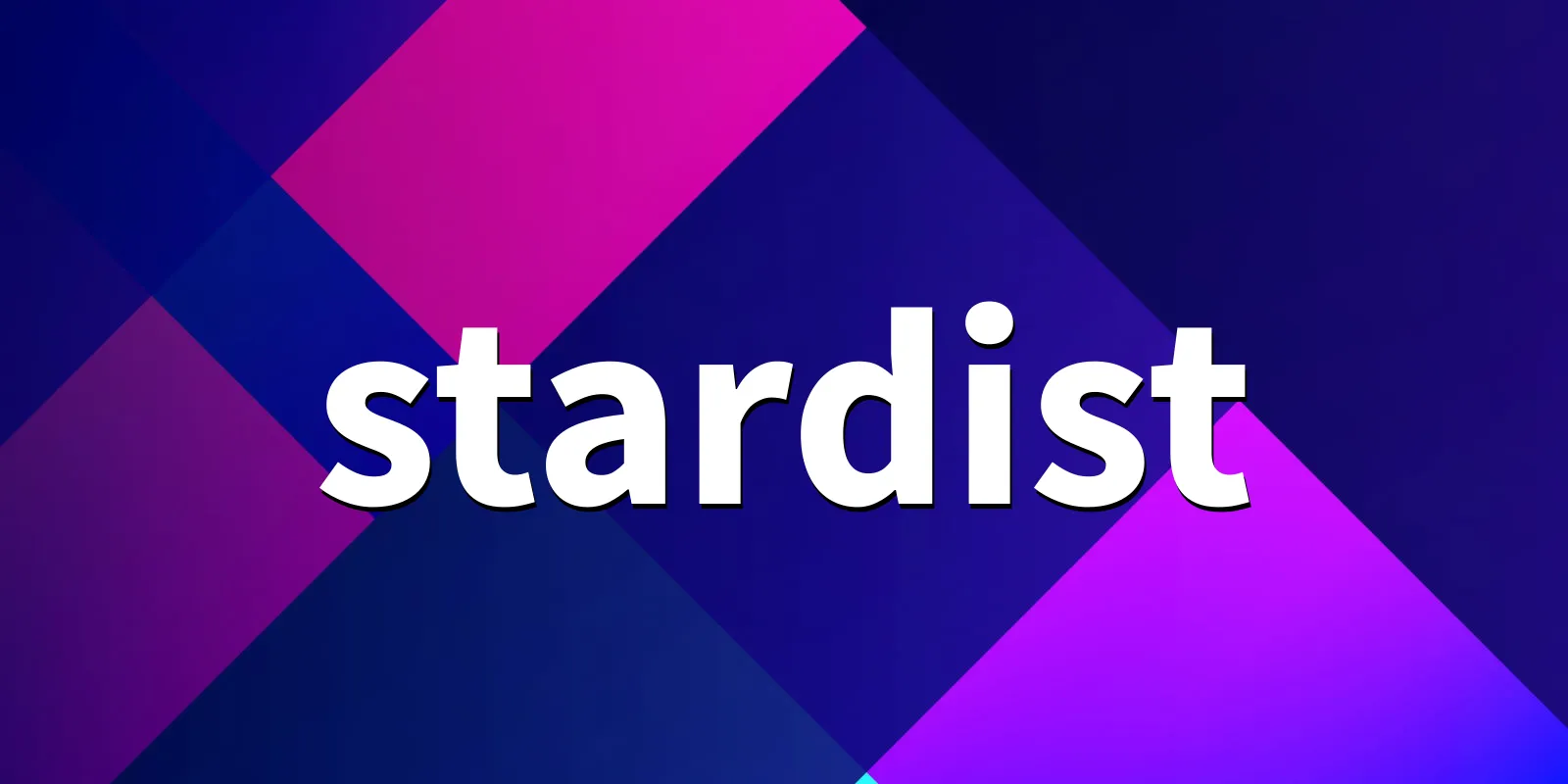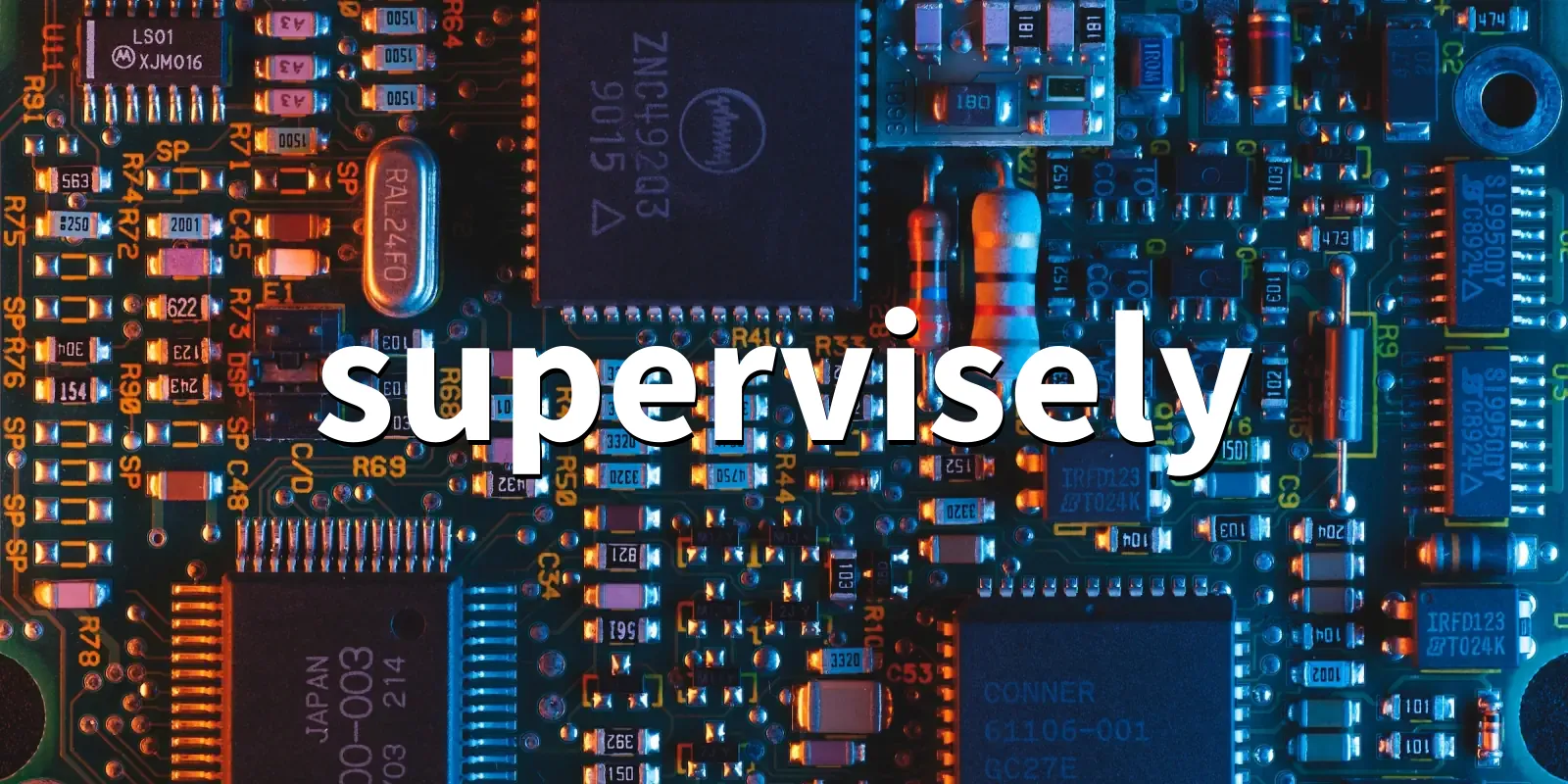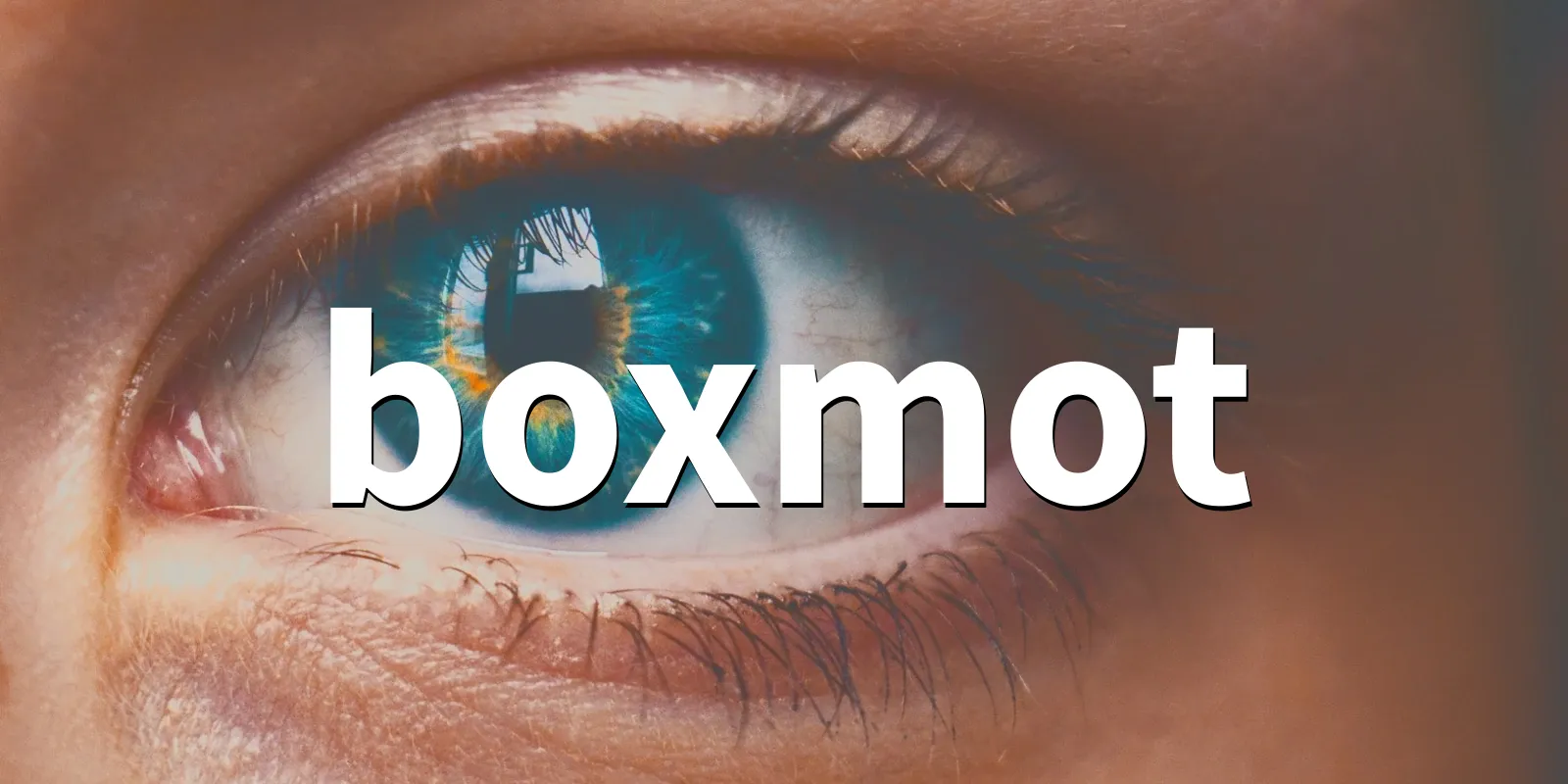
boxmot 11.0.3
0
BoxMOT: pluggable SOTA tracking modules for segmentation, object detection and pose estimation model
Contents
BoxMOT: pluggable SOTA tracking modules for segmentation, object detection and pose estimation models
Stars: 6638, Watchers: 6638, Forks: 1701, Open Issues: 8The mikel-brostrom/boxmot repo was created 4 years ago and the last code push was 21 hours ago.
The project is extremely popular with a mindblowing 6638 github stars!
How to Install boxmot
You can install boxmot using pip
pip install boxmot
or add it to a project with poetry
poetry add boxmot
Package Details
- Author
- Mikel Broström
- License
- AGPL-3.0
- Homepage
- None
- PyPi:
- https://pypi.org/project/boxmot/
- GitHub Repo:
- https://github.com/mikel-brostrom/yolo_tracking
Classifiers
- Scientific/Engineering
- Scientific/Engineering/Artificial Intelligence
- Scientific/Engineering/Image Processing
- Scientific/Engineering/Image Recognition
- Software Development
Related Packages
Errors
A list of common boxmot errors.
Code Examples
Here are some boxmot code examples and snippets.
GitHub Issues
The boxmot package has 8 open issues on GitHub
- Clip reid
- Custom Dataset for tracking
- CLIP-ReID preview HERE!
- Create classes.txt
- Update run model .engine
- Is it suspicious that I got higher performance for OCSORT against DeepOCSORT on MOT17?
- use black for flake8 formatting under the hood
- Pymotmetrics
 pythonfix
pythonfix